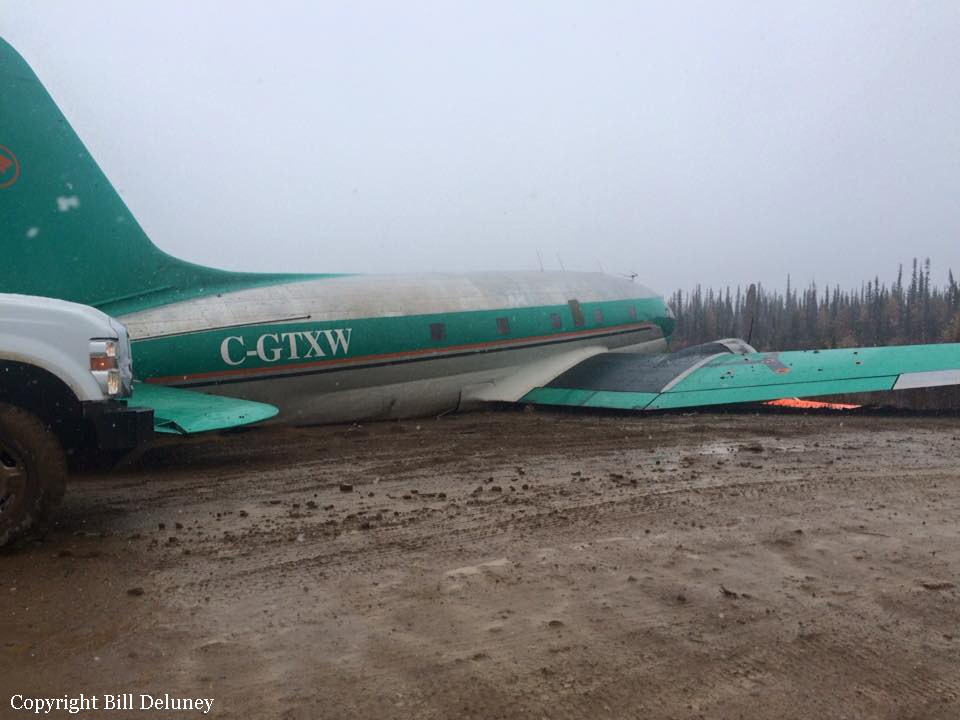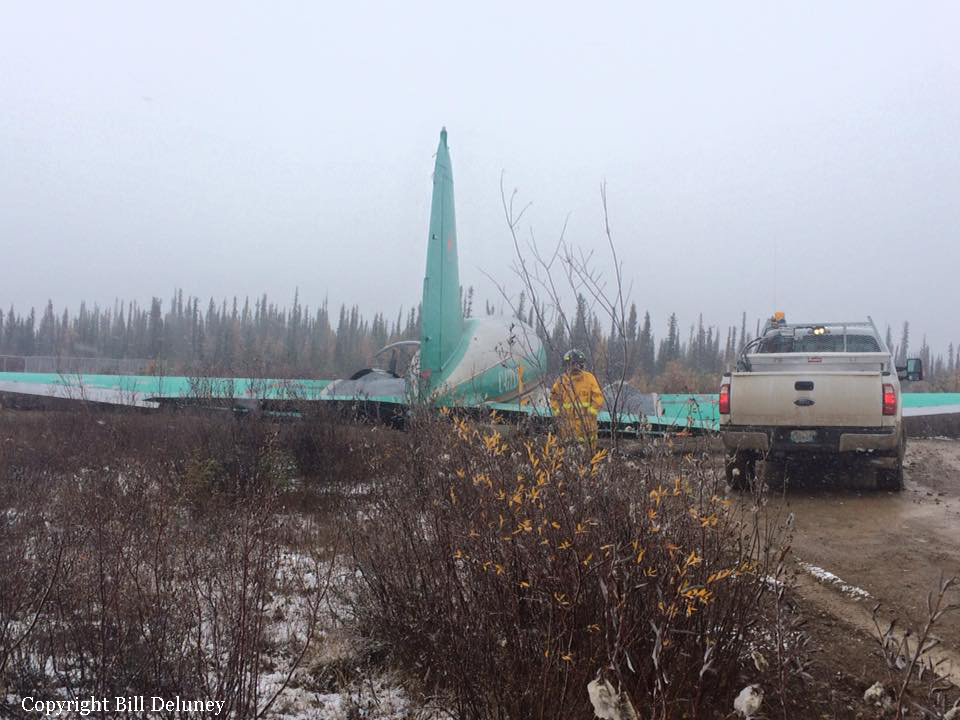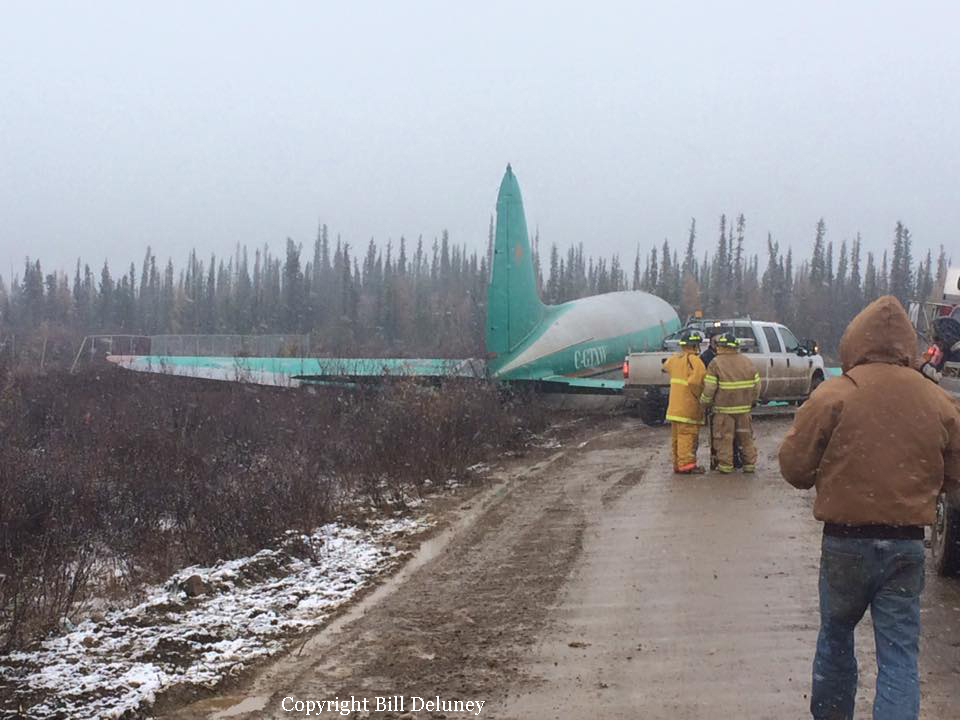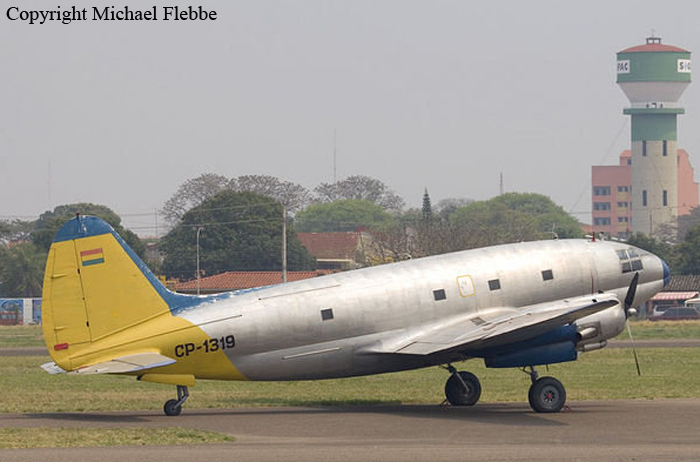Crash of a Curtiss C-46F-1-CU Commando in Manley Hot Springs
Date & Time:
Jul 16, 2018 at 0925 LT
Registration:
N1822M
Survivors:
Yes
Schedule:
Fairbanks – Kenai
MSN:
22521
YOM:
1945
Crew on board:
2
Crew fatalities:
Pax on board:
0
Pax fatalities:
Other fatalities:
Total fatalities:
0
Captain / Total hours on type:
3500.00
Copilot / Total hours on type:
135
Aircraft flight hours:
37049
Circumstances:
The pilot reported that, following a precautionary shutdown of the No. 2 engine, he diverted to an alternate airport that was closer than the original destination. During the landing in tailwind conditions, the airplane touched down "a little fast." The pilot added that, as the brakes faded from continuous use, the airplane was unable to stop, and it overran the end of the runway, which resulted in substantial damage to the fuselage. The pilot reported that there were no mechanical malfunctions or failures with the airplane that would have precluded normal operation.
Probable cause:
The pilot's failure to attain the proper touchdown speed and his decision to land with a tailwind without ensuring that there was adequate runway length for the touchdown.
Final Report:

















